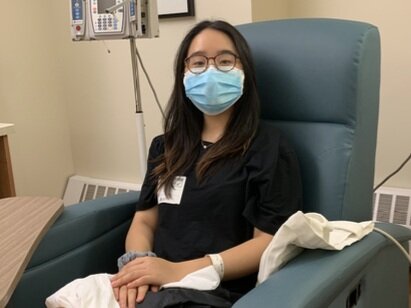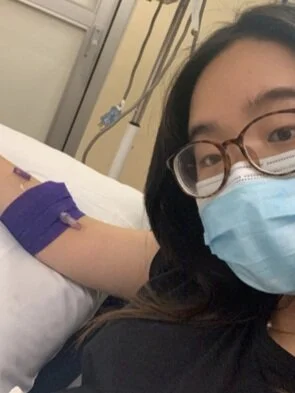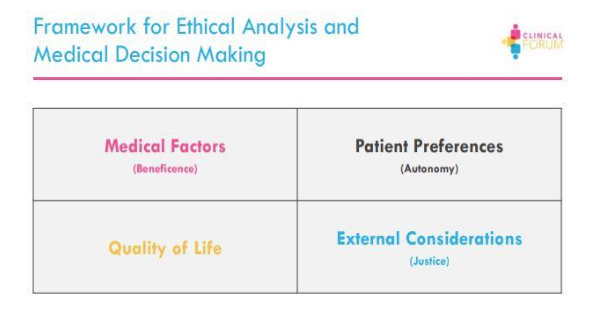This article is by Nandani Bhanot from India.
To be very honest, a little over a year ago, I had little to no idea about the presence of chronic illness patient-led advocacy efforts around the world. It is a real pity because as I look back, it would have helped me navigate many of my IBD experiences better. I would have been armed with more information to vouch for my safety, comfort and rights. However, I am glad I started now rather than later, and I look at the many things I have learned thanks to the Crohn’s and Colitis Young Adults Network (CCYAN) with great satisfaction. Yet, patient-led advocacy is harder than it seems, especially in the South Asian context.
When I was first diagnosed with IBD, I was at a stage in my life where taking up space felt complicated and wrong. So at moments where my illness conflicted with social plans, I would push my needs away rather violently in favor of not making other people uncomfortable or having to explain my uncertain situation. Sometimes, when I ignored my needs too often, I would bitterly burst open – they were highly volatile moments of trying to advocate with very little information. It was akin to a baby taking its first steps and learning how to walk on shaky ground. The feedback during these first years was overwhelmingly negative, with people underestimating the severity of my illness, disbelieving my experiences and ignoring my needs. I admit, the advocacy was ungraceful and thus perhaps, I received unfavorable feedback. Cut to now, I am still learning how to best advocate for myself, people with IBD, and the larger chronic illness community. Now, I’m starting to receive positive feedback.
Being vulnerable requires immense courage in the South Asian community. The society thrives on critiquing and scrutinizing everything that is a part of it, and with very rigid definitions of what success is and what the many shortcomings are, to put yourself right in the middle of it all is a courageous task. I started actively and unabashedly talking about my illness only after I joined CCYAN this past year. I did not expect to impact the social circles around me, even though part of my goal was to reach out to someone like me in the past and help with information and support. Unfortunately, every time I posted something, I was simultaneously fighting internalized shame from the vulnerability of allowing it to be shared. The society can make you feel like you are exaggerating your experiences, asking for attention, and can even make you question your own reality. Fighting your immune system, the ableist world system, people’s misunderstanding of your disability and your own thoughts can be exhausting and can make one feel demotivated easily and frequently. With basic rights not covered for the majority of the Indian population, raising awareness for invisible disabilities can seem completely pointless rather quickly, and like your efforts aren’t making a difference. But this is not true.
Ever since I embraced advocacy wholeheartedly, multiple people have approached me to say their thanks in helping them understand the chronically ill in their personal circles, or in helping them understand their own symptoms. Connections have been made where otherwise we would have remained strangers, and strong support systems have been established where before, people may have felt extremely alone in their struggles. And while there is no lack of unsolicited opinions and unhelpful feedback, the weight of the positive interactions is not to be underestimated. They make the whole thing worth it. Even if the posts impact one person positively, especially in knowing they are not alone, it can make a world of a difference. For instance, think back to when you felt alone with a certain aspect of your illness/significant life event. Coming across something that resonated with the most vulnerable part of you must have had an extreme impact. In my case, when an adult had opened up about navigating a life with ulcerative colitis, it changed my life. I’d previously thought that being diagnosed with IBD meant my life had basically ended. With all the restrictions and future health risks, this person showed me life could go on, just differently than we imagined. So in these moments, when I realize someone is actually impacted by what I’ve posted, that is what keeps me going.

















